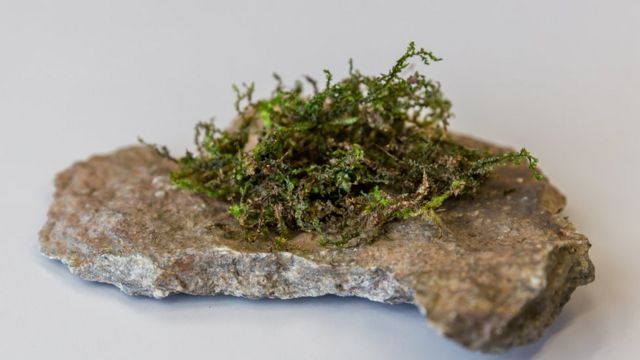
image from: https://www.bbc.com/mundo/noticias-45985759
Exploring the Fascinating World of Radula recurvifolia Steph. Moss
Introduction
Mosses are some of the most ancient and resilient plants on Earth, with over 12,000 species found across diverse habitats worldwide. In this blog post, we’ll take a closer look at one particularly interesting species:

image from: https://azoresbioportal.uac.pt/pt/especies-dos-acores/radula-wichurae-11764/
Radula recurvifolia Steph., commonly known as Radula moss. This tiny but mighty plant belongs to the

image from: https://www.researchgate.net/figure/Radula-sumatrana-Steph-A-A-portion-of-plant-in-dorsal-view-B-A-portion-of-male_fig3_292186036
Radulaceae family and has some remarkable characteristics. Let’s dive in and learn more about this fascinating moss!
Background on Radula Mosses
The genus Radula contains around 200 species of leafy liverworts. These plants are classified under the division

image from: https://www.researchgate.net/figure/Radula-nymanii-Steph-A-A-portion-of-plant-in-dorsal-view-B-A-portion-of-male-plant_fig2_292186036
Marchantiophyta and class Jungermanniopsida. Radula mosses are found on every continent except Antarctica and grow in a variety of environments from tropical rainforests to temperate woodlands.
Morphology and Identification
Radula recurvifolia forms small, delicate mats on tree bark, logs, and rocks. The shoots are irregularly branched and only 1-2 mm wide. Its leaves are arranged in two rows and have a distinct sickle shape curved downwards, hence the species name “
image from: https://www.researchgate.net/figure/Radula-japonica-Gottsche-ex-Steph-1-plant-habit-with-perianth-dorsal-view-2-plant_fig2_342043028

image from: https://www.researchgate.net/figure/Radula-tectiloba-Steph-A-Habito-de-crecimiento-de-la-planta-en-vista-ventral-40-B_fig3_348311027
recurvifolia” meaning “curved back leaves”. The leaf cells are thin-walled.
Radula is dioicous, meaning male and female reproductive structures are on separate plants. The female plants produce round perianths. Sporophytes are uncommon. Identification of Radula to species level usually requires microscopic examination.
Global Distribution and Habitat
R. recurvifolia has a wide distribution across Asia, Oceania, Africa, and South America. It is most commonly found in tropical and subtropical regions in lowland to montane rainforests. The moss grows as an epiphyte on tree bark and branches, often in the understory. It prefers shaded, humid microhabitats.
Ecological Roles and Adaptations

image from: https://www.researchgate.net/figure/33-Radula-kojana-Steph-16-A-portion-of-plant-in-ventral-view-showing-pinnate_fig2_301731384
Like other bryophytes, Radula plays important roles in its ecosystem:
- Provides habitat for micro-organisms

image from: https://www.researchgate.net/figure/79-Radula-sumatrana-Steph-65-68-Portions-of-plant-in-ventral-view-69-Transverse_fig5_301731384

image from: https://www.researchgate.net/figure/53-Radula-sumatrana-Steph-34-A-portion-of-plant-in-ventral-view-35-A-portion-of_fig3_301731384
- Helps with nutrient cycling
- Aids in moisture retention
- Serves as bioindicators of air quality
Radula has adaptations like:
- Rapid life cycles
- Vegetative reproduction via fragmentation
- Desiccation tolerance to survive dry periods
- Efficient nutrient absorption from bark/substrate
Conclusion
Radula recurvifolia Steph. may be small, but this mighty moss is an important part of many tropical ecosystems worldwide. Its unique leaf shape, habitat preferences, and ecological roles make it a fascinating species to study. Next time you’re in a rainforest, take a closer look at the trees – you might just spot a patch of Radula making its home on the bark! What other cool bryophytes have you encountered in your explorations?

image from: https://www.ebay.com/itm/223416032048